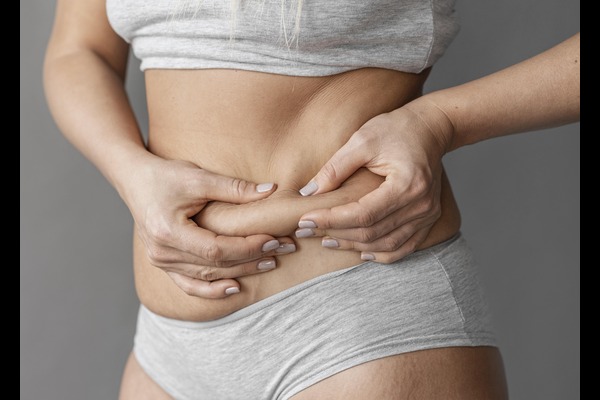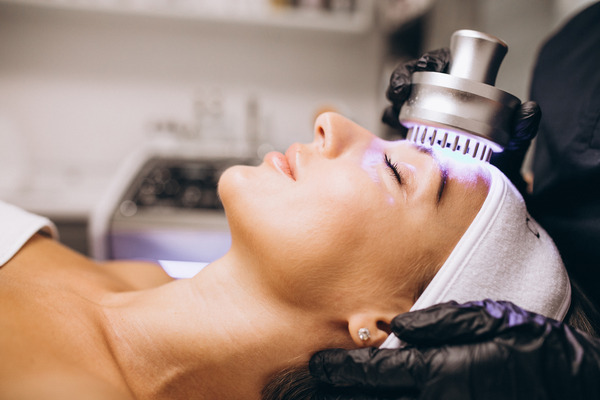
5 Tips For A Smooth Liposuction Surgery
Liposuction is also known as lipoplasty, liposculpture suction, or lipectomy. It is a highly effective surgical procedure designed for individuals seeking to eliminate stubborn pockets of fat from various areas of the body.
This procedure removes unwanted fat deposits from specific body areas and helps you enhance your overall body contours. Includes the abdomen, thighs, buttocks, neck, chin, calves, and back. During the process, fat is broken up and extracted using a hollow instrument called a cannula. The cannula is carefully inserted beneath the skin, and a powerful, high-pressure vacuum is connected.
To facilitate a swift recovery following the treatment, here in this post, we will discuss five well-established tips to encourage healing during liposuction recovery.
1. Recovery timeline post liposuction surgery:
One of the most crucial aspects of a smooth recovery after liposuction surgery is to diligently follow your surgeon's post-surgery instructions. These instructions are personalized for your needs and will help minimize complications and discomfort.
- In the first 48–72 hours after liposuction surgery, you may experience some pain and discomfort, and your surgeon must provide painkiller medication to make you more comfortable. During this time, it's essential to wear the compression garment, rest well, and avoid excessive physical activities.
- You may still have pain and discomfort between 1-2 weeks after the procedure, but it should gradually decrease. However, you can usually return to work if you avoid strenuous activities. Remember to wear the compression garment and monitor your incisions and fluid drainage.
- Around 2-5 weeks after surgery, the pain should completely disappear, and you will start to notice the liposuction procedure results. At this time, all incisions should be fully healed, and some treated areas may still show slight bruising and swelling. You can gradually resume moderate exercise during weeks three or four. However, intense workouts should be avoided until your surgeon gives you the go-ahead.
- After six weeks post-surgery, the swelling and bruising usually disappear, and you can see the procedure's outcomes. You no longer need to wear compression garments and can be cleared to engage in high-impact exercises.
2. Eat a Healthy Diet
A well-balanced diet rich in nutrients ensures quick and smooth recovery after liposuction surgery. Following a healthy diet plan that helps promote healing, such as fruits, vegetables, lean proteins, and whole grains, is essential.
By incorporating the proper nutrients, vitamins, and antioxidants into your meals, you can help your body regain strength and heal properly. Before your procedure, consider the following tips to prepare for liposuction:
- Reducing salt intake can prevent water retention and reduce swelling.
- Consuming more protein helps to heal your wound and push for regrowth of the skin and muscle.
- Avoiding excessive sugar can help prevent immune system suppression.
- Eating smaller portions (frequent meals) throughout the day helps prevent nausea and bloating.
- After liposuction, follow the recommended post-surgery recovery diet. Include foods such as watermelon, strawberries, and grapefruit, which can support your healing process.
3. Taking rest and proper sleep:
After liposuction, giving your body time to rest and recover in the initial 24 hours is crucial. Rest and getting enough sleep help your body heal first. You can use additional pillows to raise the operated area to reduce swelling.
However, after liposuction, you should increase your water intake to about 10–12 glasses daily to stay hydrated and avoid dehydration. Usually, drinking around eight glasses of water per day is recommended. You can substitute water with other beverages like tea, diluted fruit juice, low-calorie drinks, or skim milk. Avoid beverages that are high in sodium content.
4. Gradually restart everyday physical activities:
Resuming your daily light physical activities is equally important, as your surgeon advises. Such as gentle movements and short walks can help improve blood circulation, reduce the risk of blood clots, and accelerate the healing process.
It's important to avoid intense or strenuous exercises or other activities that may strain the treated areas during the first few weeks. Your surgeon will guide you on what activities are helpful, when, and how to resume physical activities safely.
5. Openly communicate with your doctor:
It is essential to talk with your doctor openly during your recovery period. Going to all your follow-up appointments to check thoroughly and discuss your worries helps give your surgeon a clear idea.
Your doctor will look at how your healing recovery goes, take out stitches if needed, and let you know how to properly take care of your scars. If you have a lot of pain, swelling that seems strange, or any other unexpected symptoms, contact your surgeon immediately. It can help you recover from your post-liposuction surgery quickly and smoothly.
Why us:
If you are planning liposuction surgery to enhance your body contour, seek an expert solution from Dr. V. S. Rathore. Since 2003, he has been dedicated to assisting patients, performing 9300 successful surgeries. Over the past 18 years, he has been boosting patients' self-confidence and promoting their well-being. Dr. Rathore's mission is to provide the highest quality patient service and achieve the best outcomes using the latest technology and his clinical expertise.
You can also read our other article: Liposuction Vs Weight Loss Surgery: A Comprehensive Guide.
Follow us at








